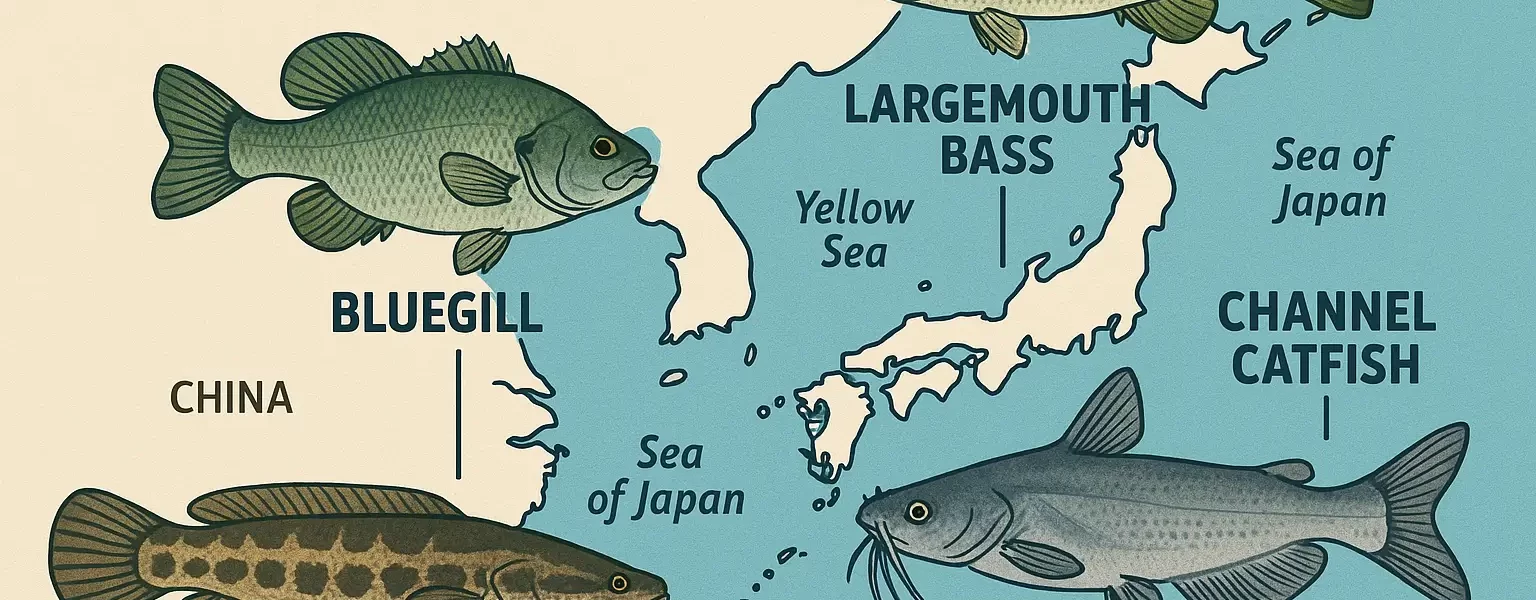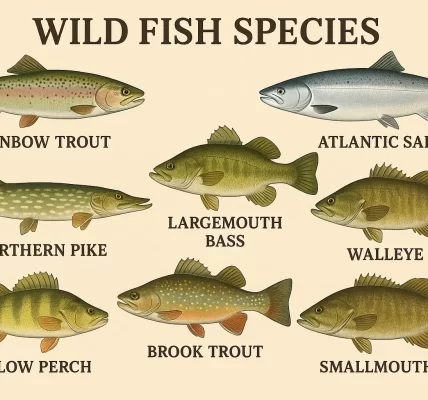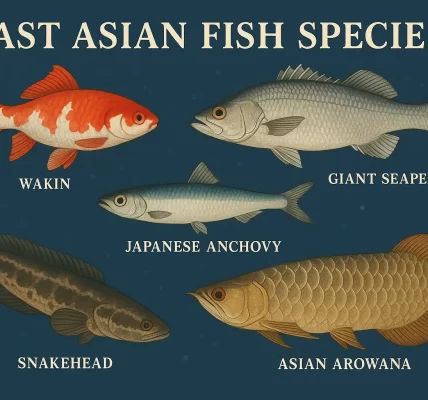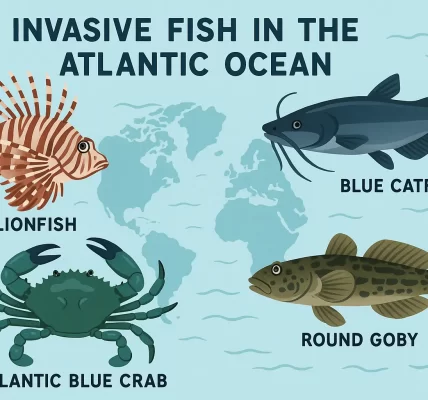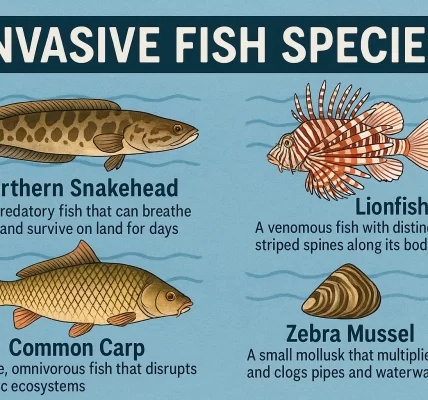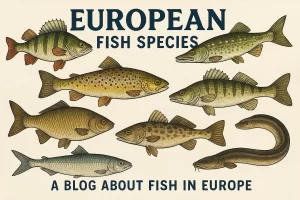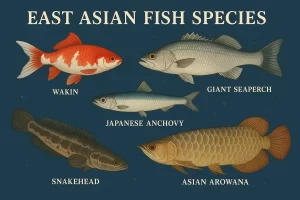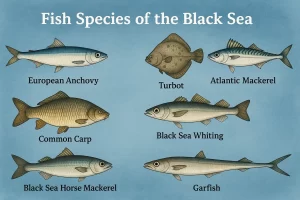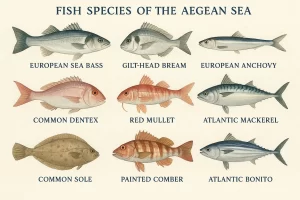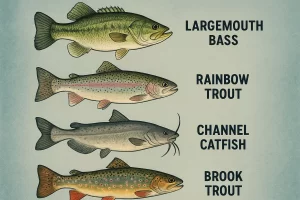Invasive Species in East Asian Seas
Invasive Species in East Asian Seas: Threats to Marine Biodiversity
East Asian seas, including the Yellow Sea, East China Sea, and the Sea of Japan, are rich in marine biodiversity and economically significant for regional fisheries. However, these waters face an escalating threat from invasive marine species — non-native organisms that disrupt ecological balance, threaten native species, and impact coastal economies. In this article, we explore the causes, major invasive species, ecological impacts, and control strategies relevant to the East Asian marine ecosystem.
What Are Invasive Marine Species?
Invasive marine species are organisms introduced — either accidentally or intentionally — into new habitats where they do not naturally occur. These species often outcompete native species, spread rapidly, and lack natural predators in the new environment, allowing them to dominate local ecosystems.
Main Pathways for Marine Invasion
- Ballast Water from Ships: A primary vector, ballast water transports microscopic organisms across oceans and into new coastal areas.
- Aquaculture Escapes: Non-native fish and shellfish used in aquaculture sometimes escape into natural waters and establish wild populations.
- Marine Debris & Ocean Currents: Floating debris and strong currents, particularly after storms or tsunamis, can transport invasive species long distances.
Notable Invasive Species in East Asian Seas
1. Comb Jelly (Mnemiopsis leidyi)
Originally from the western Atlantic, this gelatinous zooplankton has invaded the Yellow and East China Seas. It feeds on fish larvae and zooplankton, reducing food availability for native fish species and damaging commercial fisheries.
2. Golden Mussel (Limnoperna fortunei)
Although native to China, this species has become invasive in parts of East and Southeast Asia. It clogs water intake systems and outcompetes native mussels, altering local benthic ecosystems.
3. Chinese Mitten Crab (Eriocheir sinensis)
This catadromous crab species is native to China but has become invasive in neighboring countries and globally. It burrows into riverbanks, causing erosion and damaging infrastructure.
4. Green Crab (Carcinus maenas)
Though native to European waters, the green crab has been found in Japan and Korea. It aggressively preys on native shellfish and competes with local crab species.
Environmental and Economic Impacts
Invasive species in East Asian waters cause severe ecological and economic challenges:
- Disruption of Food Chains: Species like comb jellies reduce plankton populations, disrupting the base of the food web.
- Loss of Native Biodiversity: Native fish and invertebrate populations decline due to competition and predation.
- Economic Losses: Fisheries suffer from reduced catches, and infrastructure is damaged by burrowing or fouling organisms.
- Water Quality Decline: Overgrowth of invasive filter-feeders can lead to eutrophication and oxygen depletion in coastal waters.
How Are Invasive Species Managed?
1. Monitoring and Early Detection
Governments and research institutions conduct marine surveys and install early warning systems to detect new invasions before they spread.
2. Public Education and Awareness
Fishermen, aquaculture operators, and coastal communities are educated on identifying and reporting invasive species to prevent further spread.
3. Policy and International Cooperation
Countries like Japan, South Korea, and China collaborate under frameworks such as the Northwest Pacific Action Plan (NOWPAP) to develop joint strategies and share data.
4. Control and Removal Programs
Mechanical removal, targeted fishing, and chemical treatments are used to manage specific invasive populations, though these methods can be costly and labor-intensive.
Conclusion
The seas of East Asia are under growing pressure from invasive marine species. While natural biodiversity is one of the region’s greatest assets, it is also highly vulnerable to disruption. Coordinated action — including policy reform, scientific research, and public engagement — is vital to mitigating the impact of these invaders. With strong regional collaboration and proactive management, it is possible to preserve marine ecosystems for future generations.

